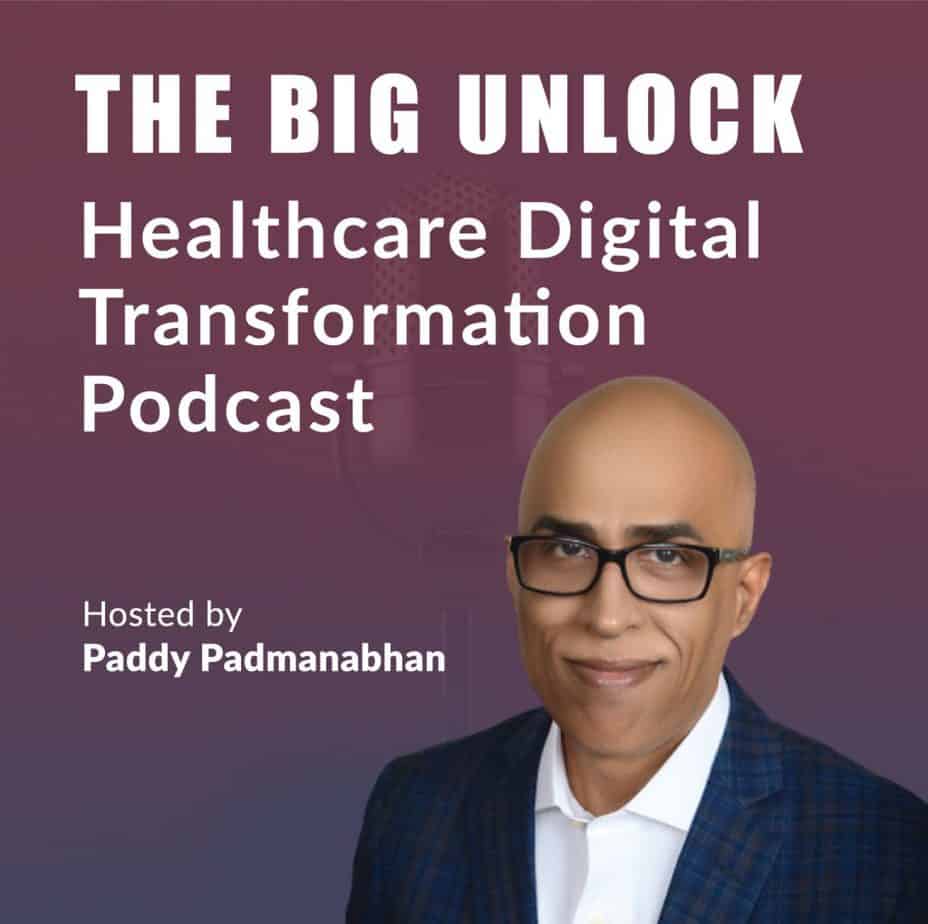Digital Health Solutions Must Avoid Replicating The Pitfalls Of The In-Person Experience

Originally published on Forbes
As someone who works in digital health and telehealth and advises large health systems on their digital transformation road maps, I am a true believer in the potential for remote and real-time virtual care modalities to transform healthcare. The Covid-19 pandemic made telehealth and remote care a necessity because of restrictions on in-person care. More recently, the growth in the virtual care and telehealth models is due to an acute shortage of workers at physical locations.
In fact, according to the American College of Healthcare Executives’ annual survey of top issues confronting hospitals, personnel shortages ranked as the top concern for hospital CEOs in 2021. A report by Mercer indicates 6.5 million individuals currently working in critical occupations (e.g., medical assistants, home health aides and nursing assistants) will permanently leave these jobs within five years. An estimated 1.9 million will step in to take their place, creating a shortfall of more than 3.2 million workers within five years.
One would think this is precisely the perfect storm for technology to come to the rescue. However, the talent shortage in healthcare goes beyond just front-line workers. It is especially acute for tech talent, with an estimated 340,000 open positions across all industries waiting to be filled at the beginning of the year. Healthcare CIOs are struggling to fill open positions even as they lose their talent to digital health startups and other firms willing to pay more. Automation technologies such as RPA and chatbots are stepping into the breach; however, their impact has been limited to certain administrative functions.
Virtual care may increase workloads.
Health systems have spent millions on new technologies from real-time virtual visit platforms to “digital front doors,” voice-recognition tools and more. However, given the fragmented nature of the digital health solutions landscape, lack of interoperability and inconsistent UI/UX, the experience for consumers has been suboptimal at best.
The pandemic has increased work stress among clinicians and caregivers, and they are no longer willing to endure the burdens of supporting suboptimal technology interfaces and broken workflows. One of the biggest struggles I see at health systems today is to gain adoption among their staff for new digital health solutions, let alone consumers. Because of this, my firm’s annual research report on 2022 trends has identified patient mobile apps and communication tools as the top priority for healthcare enterprises.
As technology-led innovation continues to drive the virtualization of care models, there is a likelihood that the new technology-enabled modalities may not just replicate but even exacerbate the problems of the in-person care model. Legions of burned-out caregivers will testify to the role of EHR usability in increasing clinician workloads. Today’s digital health solutions must avoid falling into the usability trap just as much as healthcare providers must prevent it.
Digital health must do a better job of reaching the populations that need them the most.
Telehealth, an innovation that began as a solution for problems of access to care for rural and hard-to-serve populations, has become a mainstream modality for care delivery. The digital health ecosystem seeks to extend the virtual care model to all aspects of care.
Along the way, however, the same new virtual care models are failing to reach large sections of the population that need it the most, namely rural and inner-city low-income groups. If telehealth fails to reach those it was meant for in the first place, the problem of access to care continues—only now we’ve replaced the lack of access to physical clinics with the lack of access to virtual care.
Fortunately, solutions are emerging. In the immediate wake of the pandemic, the federal government launched a $200 million grant program last year that was targeted at increasing access to telehealth for underserved populations through subsidies for devices, internet access and related costs. Large health insurers are stepping in to cover the costs for the 15% of Americans who struggle to pay for the internet, many of them in minority communities and historically underserved populations. Healthcare providers who serve low-income populations in inner cities are developing backward-compatible digital health solutions with earlier generations of mobile devices.
At the other end of the spectrum, many technology providers are working with their customers to develop data-driven models of care with advanced analytics and AI covering access to care and care management.
The ultimate test of telehealth and virtual care models will be whether they improve the existing healthcare experience by eliminating waste, increasing productivity for doctors and improving experiences for patients. To achieve the goals, healthcare providers and their technology vendors must reimagine instead of replicating the brick-and-mortar experience on a mobile app.















